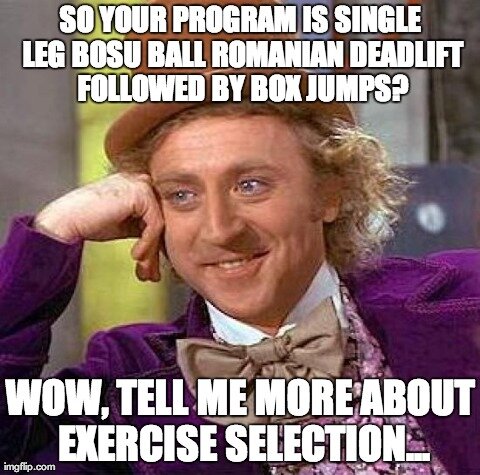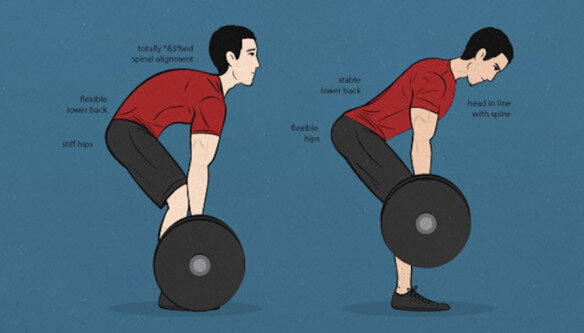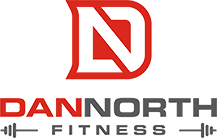
1 BIG Mistake You Need to Avoid During RDL’s
- DAN NORTH
- Deadlift Exercise Technique Strength Training Tips
Romanian deadlifts, Bulgarian split squats, Russian twists, Turkish get-ups…Eastern Europe sure knows how to fuck people up in the gym.
When you do these correctly, they’ll put you to the floor. When you do them not-so-correctly, they’ll also put you to the floor. But not in a good way.

The RDL is the bread and butter accessory lift of most strength programs. There are many mistakes, but we’ll stick to one today. Mainly because it’s one of the most dangerous mistakes that I happen to see a lot.
Important side note: You need to be serious when doing RDL’s. Big squats and pulls drain you. They tax you mentally and physically. So when it comes time to do RDL’s, you might be guilty of saying “fuck it” and not fully immersing yourself into the lift. BIG mistake, friend.
RDL’s are very lower back-dominant, given the hinging pattern. You DO NOT want to half-ass anything that involves your lower back. Period.
“Never half-ass two things. Whole-ass one thing.” – Ron Swanson
But half-assing wasn’t the mistake I wanted to talk about.
The mistake we’re here for is a technical one.
MISTAKE: HINGING FORWARD EXCESSIVELY AND ROUNDING THE LOWER BACK!
Listen, I’m no chiro or spine expert and I don’t pretend to be one. But at no point should your lower back be rounding during RDL’s.
Your spine has a natural curvature in the upper back. So it’s not necessarily a bad thing if your upper back is slightly rounded, as long as you’re maintaining strict core engagement throughout your set.

The problem is…
When your lower back rounds, your core (and potentially your glutes) has completely fucked off. No support for your spine. No intra-abdominal pressure. Nothing. Nadda. Zip.
This usually happens if and when…
- You’re reaching forward and letting the bar/weight drift away from your body
- You’re hinging too far forward and going past parallel (i.e. torso is below parallel to the floor)
- Note: Many weightlifters and strength athletes will hinge past parallel to focus directly on strengthening their lower back muscles. You can do this if you maintain a strong, “neutral” lower back position. If your lower back curves, you’re turning a muscle-strengthening exercise into a spine-crippling exercise. Not good.
So, how do you stop your lower back from rounding?
1. Breathe and brace
It all starts breathing and bracing your core. You need something to protect that awesome spine of yours. Bracing your core provides a support system for your spine and keeps it in a healthy, neutral position (no collapsing or rounding).
How to do it…
- Breathe in through your belly (make it pop out…like after Thanksgiving dinner).
- Hold your breath and brace (tuck your belly button back towards your spine after you’ve held your breath…think you’re bracing yourself to get punched in the stomach).
- Keep that engagement throughout your set.
2. Pull the bar in
You want the barbell to go up and down in a straight line, keeping it super close to your body. Like uncomfortably close. Don’t let that sucker get away from you.
How to do it…
- Use your lats (squeeze your armpits together).
- Graze your legs with the bar (you’ve seen those deadlifting shins before).
3. Shorten your range of motion
You probably don’t need to go as low as you think you do. So cut your range of motion down and only go as far as you can while keeping your core engaged and your lower back neutral.
How to do it…
- Instead of going so far down, cut yourself off once your torso is parallel with the ground.
- If you can’t go that far, don’t!
- Instead, graze the bar along your thighs to your knees, or even slightly higher.
You’ll know you’re in a range of motion that is good for you when you feel tension in the hamstrings, glutes, and lower back pillars (not your spine).
You’ll know you’re going beyond your range of motion when your lower back rounds and you feel pain in the spine (obviously, that’s never good).




